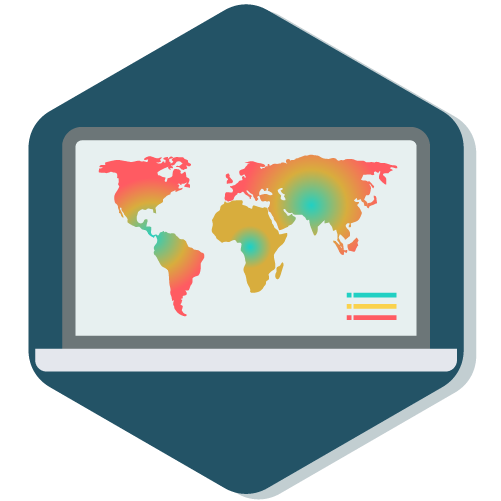Models and risk maps
The integration of environmental, climatic, socioeconomic and demographic information, uncluding human and animal mobility data, with the disease inputs can enhance the predictions of spatio-temporal, dynamic distributions that drive risk amd spread assesment, and also decode the role of the environment, in infectious disease emergence.


